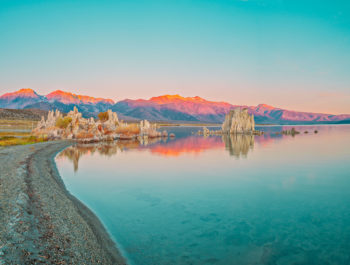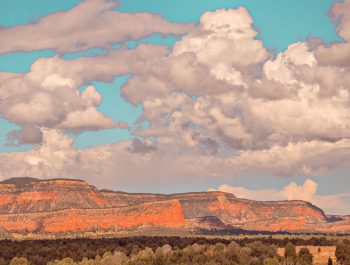Creating Artistic Photographs The Photo Police Part 3: My Work
“Continuous improvement is better than delayed perfection”
Mark Twain
Introduction
My two previous essays were reflections on the subject of not following arbitrary rules. The first essay focused on what these rules are and the second essay focused on why I do not teach these rules. This reflection would not be complete if it did not address how I create art myself. This is the reason for this third essay in the series.
If I do not follow arbitrary rules, what do I do then? Whose guidance do I follow? The answer is simple: I follow my own guidance. I do what I like because my art is what I want it to be. In other words, I decide what art I want to create.
The reasons why I do this are two-fold. First, I believe that I cannot create art if I follow the rules set by other people. Second, I believe that I need to create work that is personal, unique, and different. Following these two beliefs is how I create work that has real artistic value.
These beliefs have important implications. Not creating art that follows rules established by other people means creating art that breaks the rules, art that is different than what people expect to see. Because most people are adverse to change doing so polarizes my audience by creating a clear-cut separation between those who like my work and those who dislike it.
On the one hand, it increases the number of people who do not like my work and who criticize it. However, on the other hand, it also increases the number of people who like it. By creating work that is mine, work that is unconcerned by following rules, I basically increase the degree of separation between those who like it and those who do not like it. The outcome is that those that love my work love even more while those who dislike it dislike it even more.
For a long time, I did not create work that was personal to me. Instead, I created work that was aimed at pleasing my audience. However, over time, I realized that by doing so I was letting my audience make artistic decisions for me. Eventually, I grew tired of it. I decided that this was my art and that the decision of what I create must be left to me. I understood that this art is done on my time, with my money and at the cost of my efforts. Therefore if the outcome is not what I want then something must be wrong. And something was wrong: I was letting people dictate what art I should create and what this art should look like. The most personal aspect of the artistic process –the creation of the work– was controlled by someone other than me.
The problem was simple: my creativity was hampered by my desire to follow rules set by others. These rules made me un-creative however I was afraid to break them and follow my inspiration for fear that people would stop liking my work. What I came to realize is that I was afraid to be myself.
As this reflection took place I became aware that I was not doing geographical, geological, botanical, zoological, or other scientific documentary recordings. I was doing art. As such it did not matter if what was shown in my photographs was different from what was present in nature. After all, I was not held to documentary standards the way I would be if I were doing scientific recordings. In fact, the only ‘standards’ to which I am held are my own. In other words, I can do whatever I please. The only thing I have to be faithful to is my inspiration. It does not matter if the colors are ‘not natural’, or if the proportions are ‘creative’, or if the shapes are ‘altered’, or if the mountains are ‘taller’, or if the sky is ‘green instead of blue’ because my images are about how I see the subject. They are not about how the subject looks like in reality and they are definitely not intended as a documentary record of this subject.
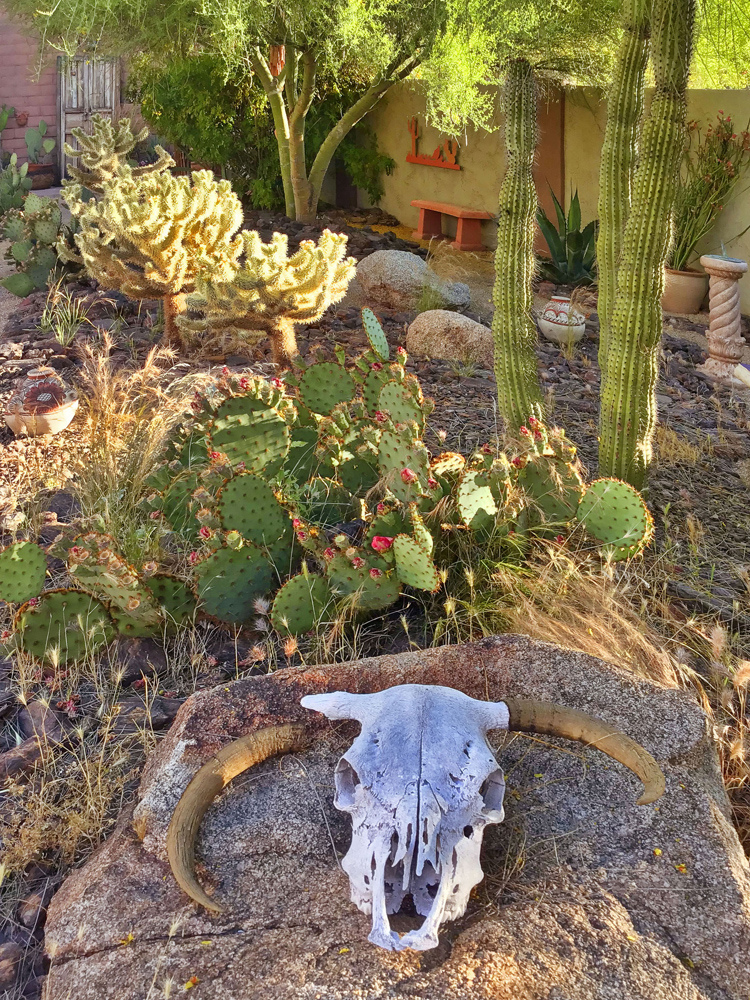
About Criticism
I had to find a way to handle criticism. Most experienced artists eventually respond to criticism with ‘I don’t care.’ That is the approach I chose as well. I decided not to listen to criticism coming from people who want me to follow arbitrary rules.
This criticism is limiting, to say the least. In fact, it would kill my inspiration if I listened to it. The good news is I don’t have to listen to it because I don’t have to follow these rules. I can play deaf and I can break each of these rules. In fact, doing so inspires me and helps me make stronger work.
My current work shows that it is possible to break the rules, create great photographs, and be successful. To take but one example I photograph well-known places and make them look like they have never been shown before through post-processing. Yet the photo-police are not happy with that because they deem my processing ‘un-photographic.’
This snake-bites-tail, rule-controlled approach to photography is a dead end. The argument cannot be won. I imagine a conversation that goes something link this:
The Photo Police: don’t photograph well-known places, they have been shown a million times before.
Me: But I can make them look like they have never been shown before by post-processing them in a unique manner.
The Photo Police: That won’t work because such post-processing goes too far and is un-photographic.
Eventually, the proof is in the pudding. By creating successful images that break the photo police rules I show that the premise of the photo police –that one must follow their rules to be successful– is wrong. One can break the rules and be successful. Doing so is much more productive than engaging in pointless arguments.
Pasting The Moon
I remember an amusing anecdote about pasting the moon, one of the rules of no listed in part 1 of this three essays series. The interesting thing with pasting the moon is that if you follow the rules you cannot just paste any moon, you have to paste the right moon. If you are in Australia it has to be a moon from the southern hemisphere. If you are in North America it has to be a moon from the northern hemisphere. Plus, you cannot paste the moon upside down! However, these are their rules, not mine. Does it matter to me if the moon is upside down or if I have a moon photographed from Australia in a photograph taken in Utah? No, it does not because I am creating art not teaching astronomy or doing astronomical research.
The problem is that you have to mentally work your way through this argument and find an effective counter-argument beforehand so that when someone comes to you and tells you that you are not ‘doing it right’ you have an answer. Otherwise, if you say ‘oh, I never thought about that’ they’ll tell you ‘well, now you know, so next time paste the right moon!’
The best answer I ever gave in regards to pasting the moon was to a visitor at Grand Canyon who remarked that I pasted the same moon in both a photograph of Monument Valley and of Delicate Arch in Arches National Park. My answer was ‘well, last time I checked the earth only had one moon.’ He had no come back to my response and left visibly upset.
Here is someone who is accosting me while I am busy selling my photographs and the first thing he does is criticize my work. Does that person have any intent on buying something? No he does not. He just wants to make a point, put me on the spot, and see what my answer is. I know from experience that I have never sold art to someone who criticized my work. This knowledge is factored into my response. I am not trying to please this person. I just want them to move on to another booth as soon as possible. Talking with them will not only be a waste of my time. It will also take away time better spent with another visitor, one who is interested in buying something.
Teaching
I do not just create art; I also teach how to create art. The beauty of teaching is that it exposes me to many different approaches. Some of these approaches remind me of what I did, others point me towards possibilities I had not thought of, yet others remind me of what not to do, or of errors I made and later overcame.
The last thing I want to do when teaching, is to teach the rules of the photo-police. I don’t want to be the photo-police! However, a photograph cannot just be about ‘whatever.’ To be good, and for the artist to reach mastery (which is what my teaching aims at) the contents of the photograph have to be intentional rather than accidental. While happenstance, luck, and good fortune all play a role in the creation of outstanding images (Adams’ creation of Moonrise was in part due to good fortune), they alone are not enough to help create a portfolio or a series of iconic images. While one can do whatever one wants in his or her work because after all, it is art and art has only one rule and that is there are no rules, knowledge of what one is doing has to be present.
In other words, the artist has to know what he is doing. As a teacher, I have to know this as well. I have to know what the student’s artistic goals are. I have to know what they want to accomplish. I cannot infer it from their photographs because that would be making assumptions about what is ‘right’ and what is ‘wrong’ in their images based on my own set of values.
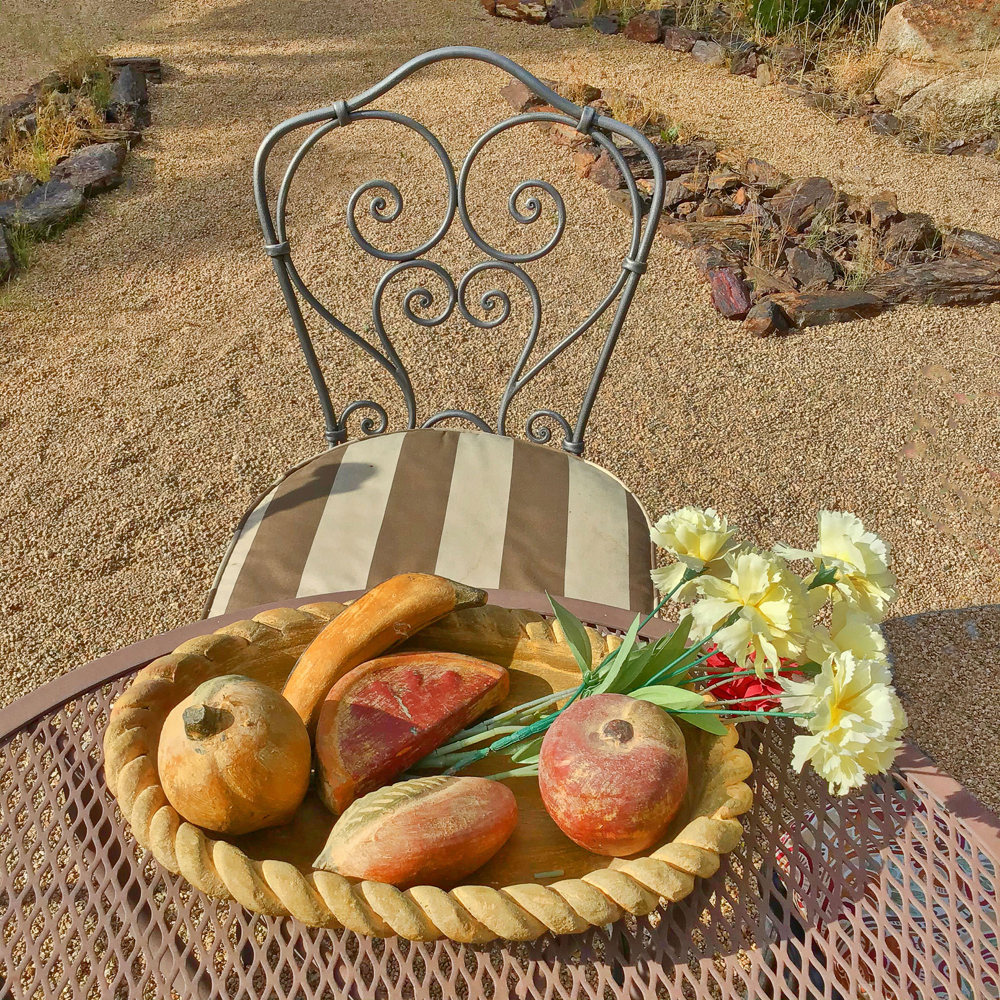
This is why during print reviews I ask students to tell me what they are working on. With experienced students, those that have studied with me for some time already, the answer comes easily. With new students not so much. Often I get no answer, or I get a history of the journey in photography, or they ask me to tell them ‘what I like and don’t like’ in their work. I do it but not right away. When I conduct a print review and I see something that I don’t like I do not say ‘this is a problem.’ Instead, I ask the student ‘did you create this intentionally?’ If the answer is ‘what do you mean?’ or ‘I don’t understand the question’ I have my answer. Whatever I found objectionable was unintentional. In other words, it is the outcome of an accidental happening. Often the student does not know that what I find objectionable is present in the image until I mention it. This makes logical sense. If the student knew that something was negatively affecting their image they would have fixed it or they would have shown me a different print, one that did not have this problem.
The reason I ask if something was created intentionally is that in art what may be a ‘problem’ for me maybe an ‘asset’ for someone else. In other words, I don’t know why this ‘something’ is in the image. Even aspects of photography that may seem obvious can be approached in a different way by a given artist. Take sharpness for example. Clearly a blurry, out of focus image is not what most people want. Yet, blurriness, or lack of sharpness, can be done intentionally and be part of someone’s style. So when I look at a print by a beginning student during a review how am I supposed to know? Of course, I can jump to conclusions and say ‘this person needs to learn how to focus or how to use a tripod.’ The problem is that this statement is based on the photo-police-belief that all photographs should be sharp. However, they don’t have to, for the reasons I just mentioned. So rather than assume anything I ask: ‘did you intend this image to be blurry and out of focus?’ Again, if the answer is ‘what do you mean’ or ‘let me take a look’ or ’I did not notice that’ or again ‘is it?’ I have the answer I need. I then ask the student if they want me to explain how to take sharp photographs, or explain how to use hyperfocal focusing. If on the other hand, the answer is ‘absolutely.’ Then my answer is OK, no problem, and I move on to another aspect of the image.
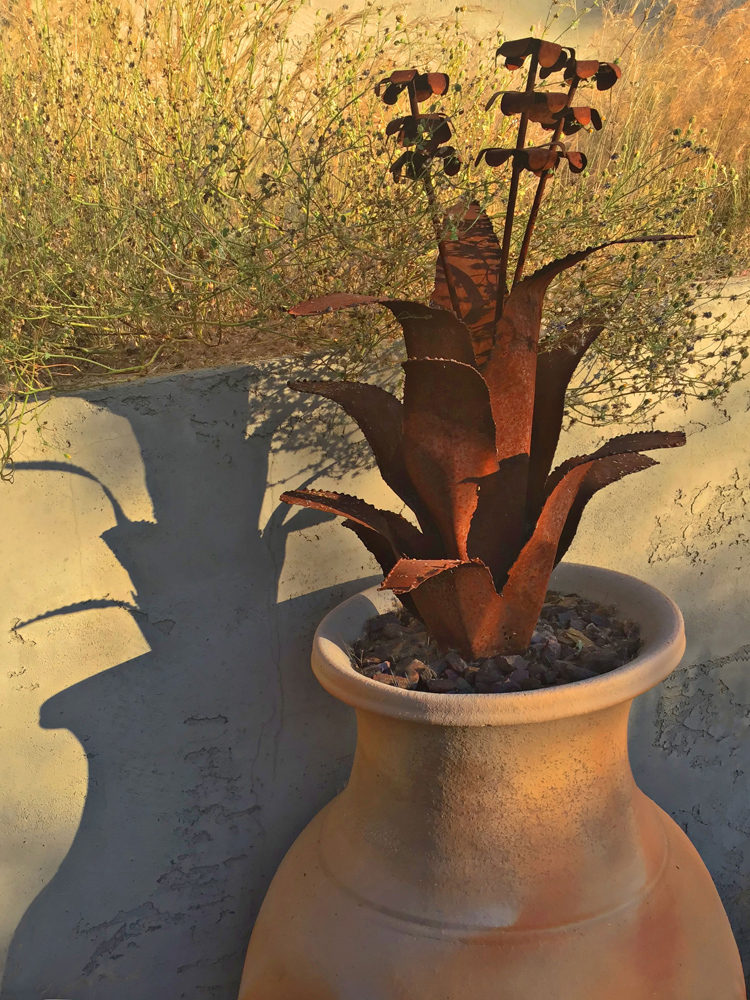
You may think this approach is overkill or unwarranted. It is not. In order to not be influenced by pre-conceived ideas, and in order to not implement the photo-police approach, I cannot make any assumptions. If I did where would I start and where would I stop? Is it fair to say ‘sharpness is a given that should be part of all photographs’? Is it fair to say ‘details everywhere are a given that should be present in all photographs’? Is it fair to say ‘all photographs should have a true white and black point’? No, it is not. Sharpness, either local or global, in an option that does not have to be the one everyone opts for. Details in both highlights and shadows are an option that not everyone has to embrace. And not all photographs have to have a true black or true white points. If they did we would no longer have the option of creating high key or low-key images.
Clearly the only place to start is with an open mind, by asking questions and listening to the student’s answers in order to learn what their artistic goals are. This process, which I described above, goes much faster than it seems. In fact, it takes longer to describe with words than it takes to implement in person. It does not take long for me to evaluate the level of artistic and technical knowledge of new students. Students who are repeatedly surprised by my questions, or who give vague, roundabout answers, are clearly learning the choices they need to make when they create fine art photographs. They are in the process of making personal decisions. The last thing I want to do is impose the answers that would have been given to them if they had signed up for a workshop led by a photo-police-instructor. How do I do that? Again, by not making any assumptions and by asking questions about their artistic approach. When I am asked a question I do not give right-and-wrong, rule-based answers. Instead, I offer several possible options then ask students to decide which one they like the best.
Art is not based on rules. Art is based on inspiration and on the desire to express oneself. Personal style is the outcome. It is elusive and it comes at the cost of a serious commitment in time, effort, and money. For this commitment to be effective it is best to get the process started right away. The first print review I have with a student is the place where I start getting students thinking about their style. By making simple choices about the content of their photographs they learn that there is no such thing as a ‘perfect’ image. They also learn that there is no such thing as ‘the photograph I have to take in order to be successful, recognized, and accepted as a master.’ Instead, they learn that the ‘perfect’ or the ‘success-generating’ photograph is the one that matches their goals, their purpose and their personality.
More About Teaching
In other words, I do more than teaching. I offer solutions and possibilities. Students are welcome to explore these possibilities or find others — their own — and explore these instead. This is open-ended teaching, the opposite of didactic teaching. I never forget that I am teaching art. I am not teaching craft in which case there may be a right and a wrong approach. It is often necessary to have rules in crafts because one has to learn the proper gestures, the proper façon de faire, what may be loosely translated as the how-to. Not so with art. One has to learn who one is, what one likes,hand what one wants to say with their work. The how-to comes later.
To take but one example I do not teach stitching. If I did and the student stitches were not good, if they were saying all over the place, irregular, some long and some short, forming a wavy line instead of a straight one, I would say ‘stitches must be even and straight.’ This is not art! Stitching is a craft. It is technique based. Inspiration does not play a role in it. You need to be focused, complete each step carefully, and practice. At Dior, the receiving department counts the number of stitches on shirtsleeves before they accept them. If the number is off, even by a single stitch, the shirt is refused. This is not art. It is luxury production work and it has to be perfect. It has to match the quality parameters, the rules, set by Dior.
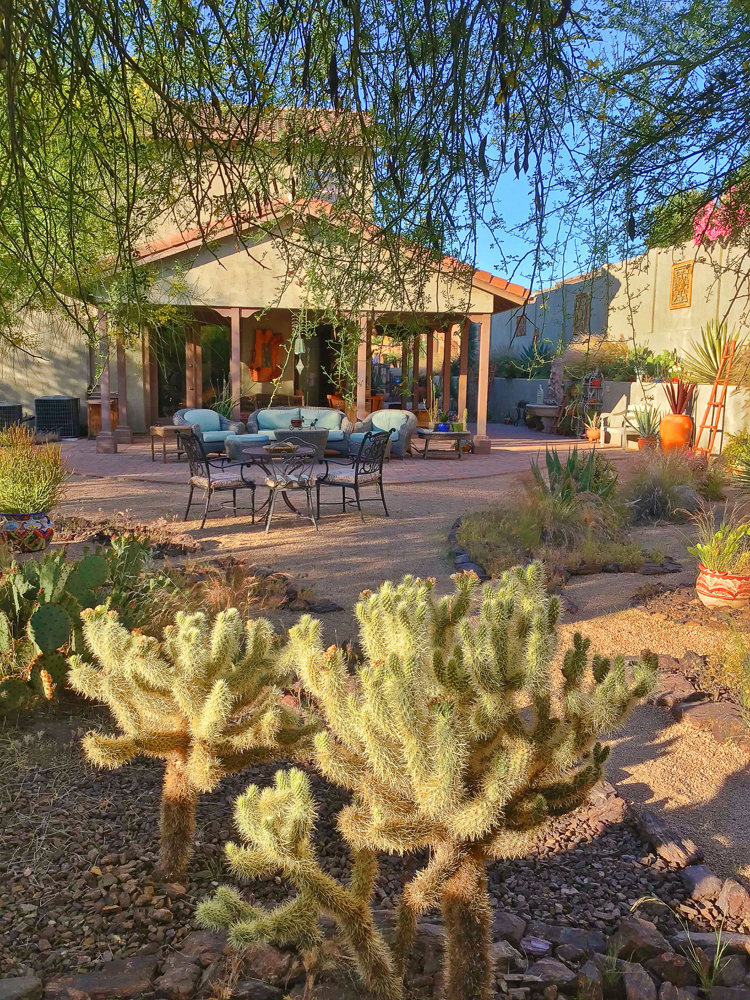
Fashion design is an art. How the designer clothes are stitched is a craft. In photography, mat cutting is a craft. The corners have to be perfect. You cannot have overcut corners, or wavy lines, or shredded paper cuts. However, creating an image is art. The colors, the composition, the printing are all up to the artist’s taste and inspiration. The creation of the image is art. The matting and framing of that image are craft. Knowing the difference helps us understand what is art, where it starts and where it stops.
For many students the how-to consists of the rules set by the photographers they admire, the rules of their ‘heroes’ or ‘gurus.’ Often students opt to learn the style of a photographer they admire and then, after mastering this style, look for a way to go beyond it, look for a way to create their own personal style using this other photographer’s style as their point of departure. I am no exception because I followed this route myself. However, we all eventually have to break away from the rules we followed if we want to develop a personal style. We have to leave behind the rules of the successful photographers who came before us. We have to forget the influence of our heroes, no matter how powerful this influence might have been. We have to in order to make room for our own rules, whatever those are.
Choosing A Teacher
Traditionally students choose a teacher because they like his work and want to learn how to do what he does. It is a process which consists of several stages:
– Discovering what is art and what making art consists of.
– Deciding what the student likes and does not like.
– Learning the techniques the student needs to create the work they want to create.
– Practicing and refining these techniques.
– Completing a personal project demonstrative of the student’s choices, decisions, and approach to art.
– Developing a personal style based on student personal aesthetic choices.
– Completing additional projects with the intent of exhibiting or selling their work.
In all this, I provide guidance, techniques, experience, and answers to pernicious questions. However, I do not make decisions for the students. They have to do that, with my help if needed but of their own volition. I also do not impose rules. I am not the photo-police! Students decide which rules they want to follow if any, and which ones they do not want to follow.
Why Do People Do Art?
Why do people do art? My take is that people do art because they want to have an activity in their life in which no one is going to tell them what to do and no one is going to control what they do. This is why it is so difficult to deal with artists. Artists are free thinkers. They do not want to follow or obey someone else’s rules. That is why photo-police rules such as the perfect exposure for water or having details everywhere or not pasting the moon are unacceptable. Artists do art to not follow rules, therefore, asking them to follow arbitrary rules is futile. It is also hilarious when one sees the irony of this demand. In the end, laughing at the photo-police ridiculous expectations is the best attitude one can possibly have.
Studying At Home With Alain Briot
The coronavirus situation has brought social distancing which forces us to stay home. I offer several ways for you to study without leaving home. First, you can refine and master your photographic skills with my Mastery Workshops on USB or DVD series. The Mastery Workshops focus on all areas of photography: processing, marketing, composition, etc. I have a 20 to 50% off offer, depending on how many Mastery Workshops you order at the same time. All the details are at this LINK. This link is also accessible from my home page.
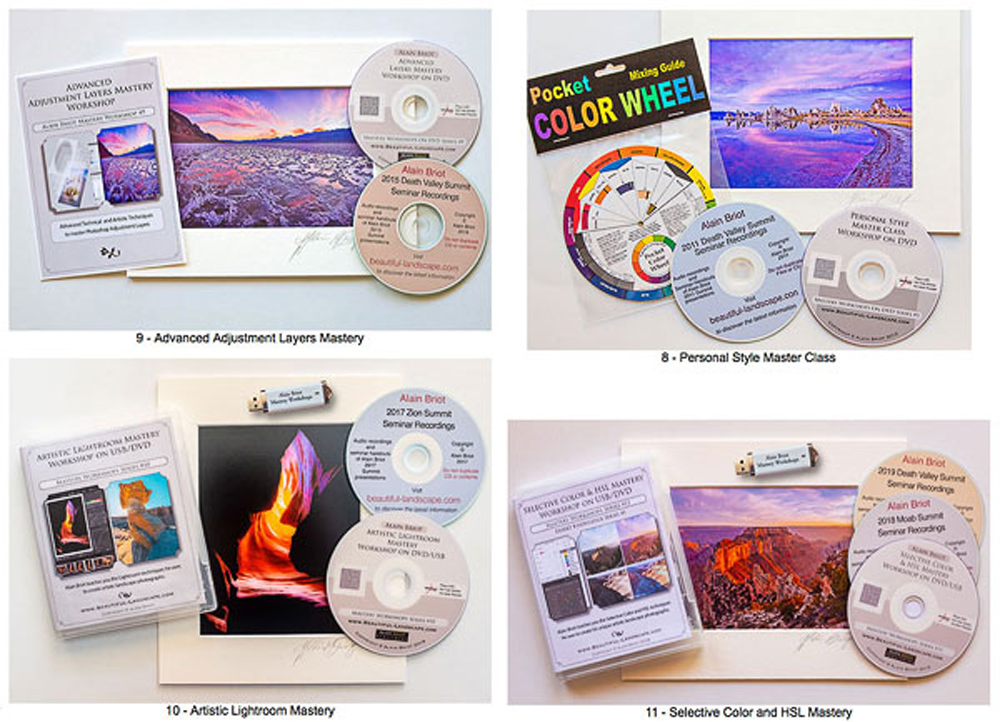
Second, you can also study with my series of eBooks. These also focus on all areas of photography. Discounts are available if you purchase several eBooks at the same time.

About Alain Briot
You can find more information about my tutorials, photographs, writings, and workshops as well as subscribe to my Free Monthly Newsletter on our website. You will receive 40 free eBooks when you subscribe to my newsletter.
Alain Briot
June 2020
Glendale, Arizona
Author of Mastering Landscape Photography,Mastering Composition, Creativity and Personal Style, Marketing Fine Art Photography, and How Photographs are Sold. http://www.beautiful-landscape.com [email protected]





